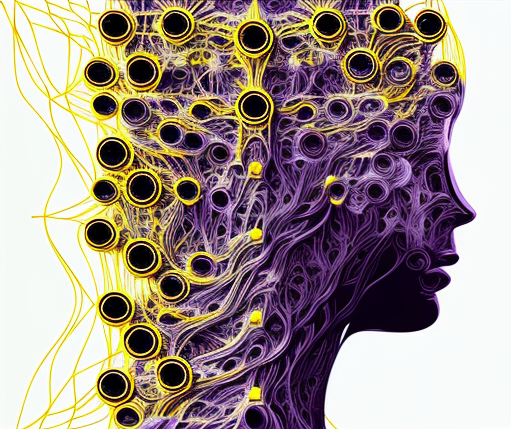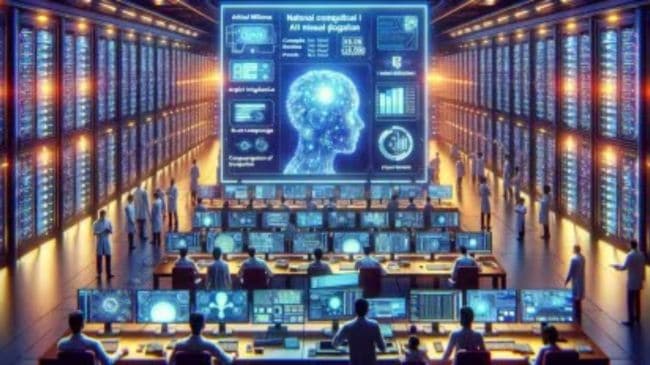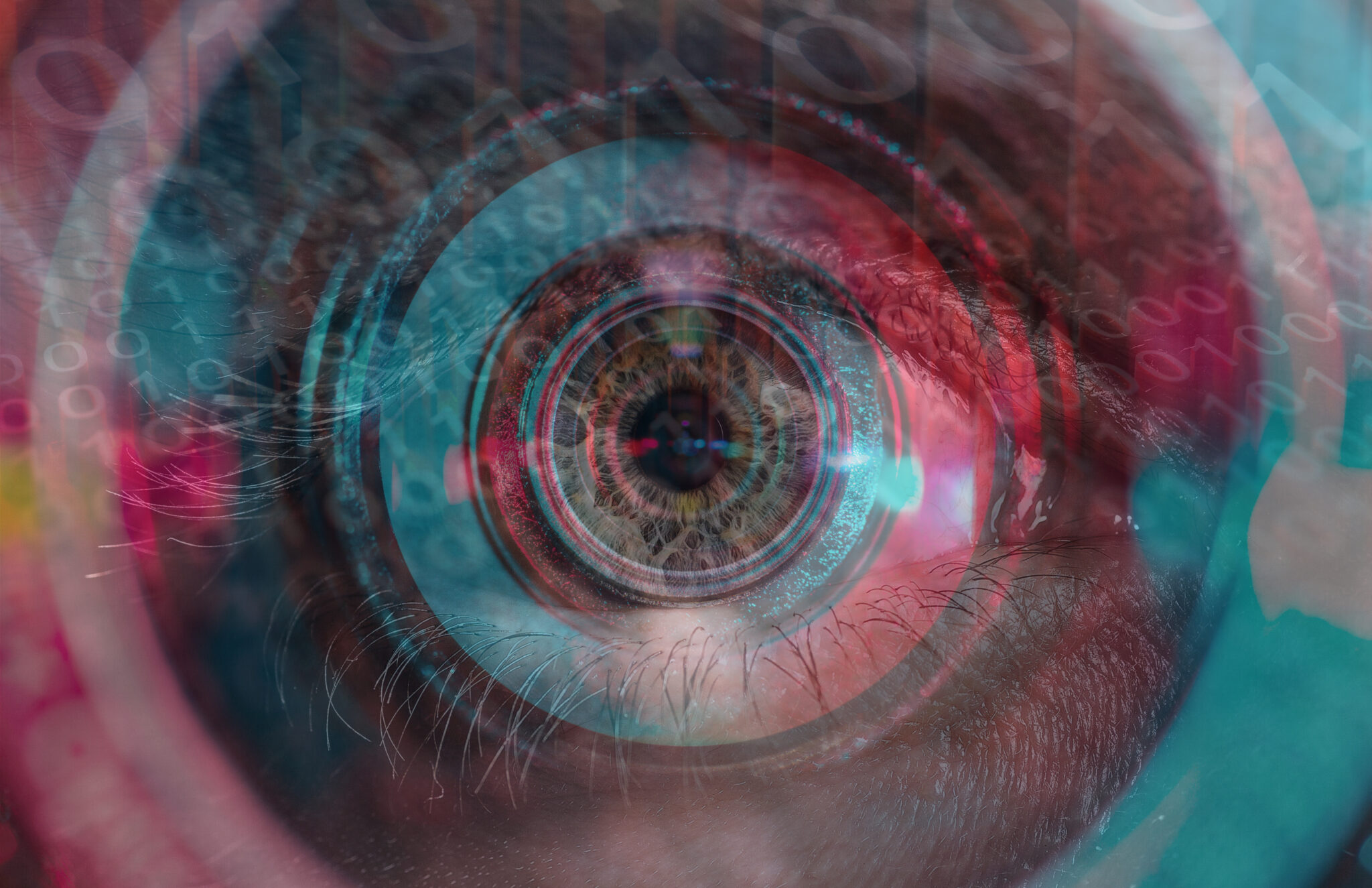Introduction
Audio processing is a crucial component of various industries, including entertainment, telecommunications, healthcare, and more. With the advancement of technology, deep learning has emerged as a powerful tool in audio processing. Deep learning algorithms allow machines to understand and process audio data in a way that was previously impossible. In this article, we will explore the applications of deep learning in audio processing and how it is transforming the industry.
Understanding Deep Learning
Deep learning is a subset of machine learning that focuses on modeling and simulating the behavior of the human brain to process data. It uses artificial neural networks to learn and make decisions without explicit instructions. Deep learning algorithms consist of multiple layers of interconnected nodes, also known as artificial neurons. These layers enable the algorithm to process complex patterns and extract meaningful information from large datasets.
Benefits of Deep Learning in Audio Processing
Deep learning has revolutionized audio processing by enabling machines to analyze and understand sound in a more sophisticated way. Here are some of the key benefits of using deep learning in audio processing:
Improved Speech Recognition
One of the most significant applications of deep learning in audio processing is speech recognition. Deep learning algorithms can analyze speech patterns and convert them into text with a high level of accuracy. This has paved the way for voice-controlled devices, virtual assistants, and transcription services that have become an integral part of our lives.
Noise Reduction
Deep learning algorithms can successfully remove background noise from audio recordings, enhancing the overall audio quality. This is particularly useful in industries such as call centers, where a clear audio signal is crucial for effective communication. By using deep learning, companies can improve customer service and reduce errors caused by miscommunication.
Music Generation and Recommendation
Deep learning algorithms have the ability to understand the patterns and structures in music. This has led to the development of algorithms that can generate new musical compositions based on existing styles and genres. Additionally, deep learning is used in music recommendation systems, allowing platforms like Spotify and Apple Music to provide personalized playlists based on user preferences.
Applications of Deep Learning in Audio Processing
Audio Classification
Deep learning algorithms can categorize audio into different classes based on its content. This is useful in a variety of applications, such as identifying different musical genres, detecting environmental sounds, or classifying speech patterns. For example, deep learning algorithms can analyze audio data from a car engine to detect potential issues or classify audio recordings of animal sounds to identify species.
Speaker Recognition
Deep learning algorithms can identify and verify individuals based on their voice. This is known as speaker recognition. By analyzing unique vocal characteristics, such as pitch and frequency patterns, deep learning algorithms can accurately match an individual’s voice to their identity. Speaker recognition has applications in security systems, access control, and voice authentication.
Emotion Detection
Deep learning algorithms can analyze the emotional content of audio recordings. By detecting patterns in vocal intonation and word choices, these algorithms can determine the emotions conveyed in speech, such as happiness, sadness, anger, or fear. Emotion detection has applications in industries like market research, call center analytics, and virtual reality, where understanding emotional responses is crucial.
Audio Synthesis
Deep learning algorithms can synthesize realistic audio based on given inputs. This has applications in various fields, such as speech synthesis for virtual assistants and text-to-speech systems. By training deep learning algorithms on large datasets of recorded speech, machines can generate human-like voices that can be used in applications like audiobooks, voiceovers, and interactive experiences.
Challenges and Limitations
While deep learning has shown great promise in audio processing, it is not without its challenges and limitations. Some of the key challenges include:
Data Availability
Deep learning algorithms require large amounts of labeled training data to perform accurately. In some cases, obtaining labeled audio data can be challenging, especially for niche applications or specific languages/dialects. Data collection and annotation can be time-consuming and costly.
Computational Power
Training deep learning models for audio processing often requires substantial computational power. High-performance GPUs and specialized hardware are needed to process the complex neural networks and large datasets efficiently. This can be a barrier for individuals or organizations without access to powerful computing resources.
Interpretability
Deep learning models are often considered “black boxes” because they lack interpretability. Understanding how and why a deep learning algorithm makes certain decisions can be challenging. This makes it difficult to explain the reasoning behind the output, which can be problematic in certain domains, such as healthcare or legal applications.
Conclusion
Deep learning has revolutionized audio processing by enabling machines to analyze and understand audio data in unprecedented ways. From speech recognition and noise reduction to music generation and emotion detection, deep learning algorithms open up a myriad of applications in various industries. While there are challenges and limitations, the potential of deep learning in audio processing is immense.









Leave a Reply